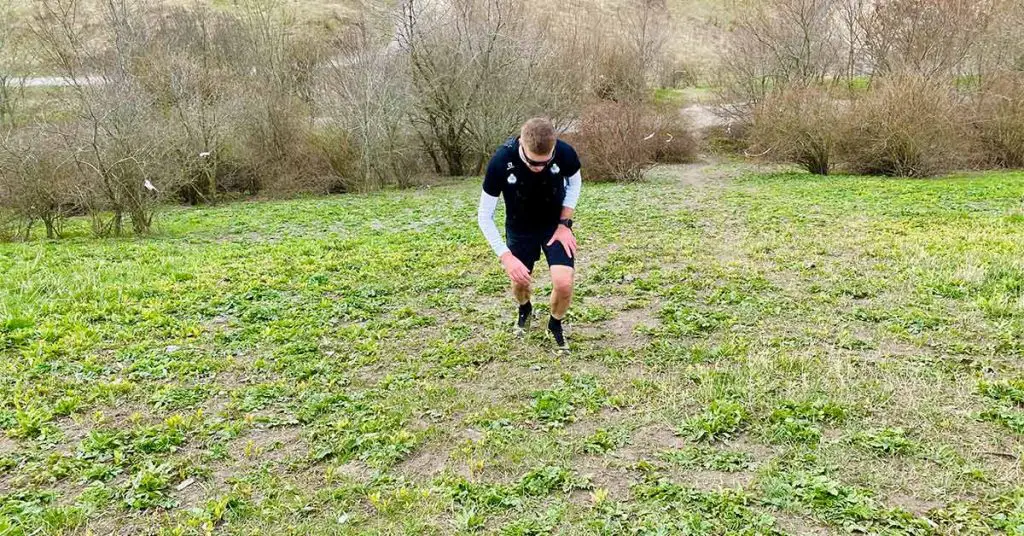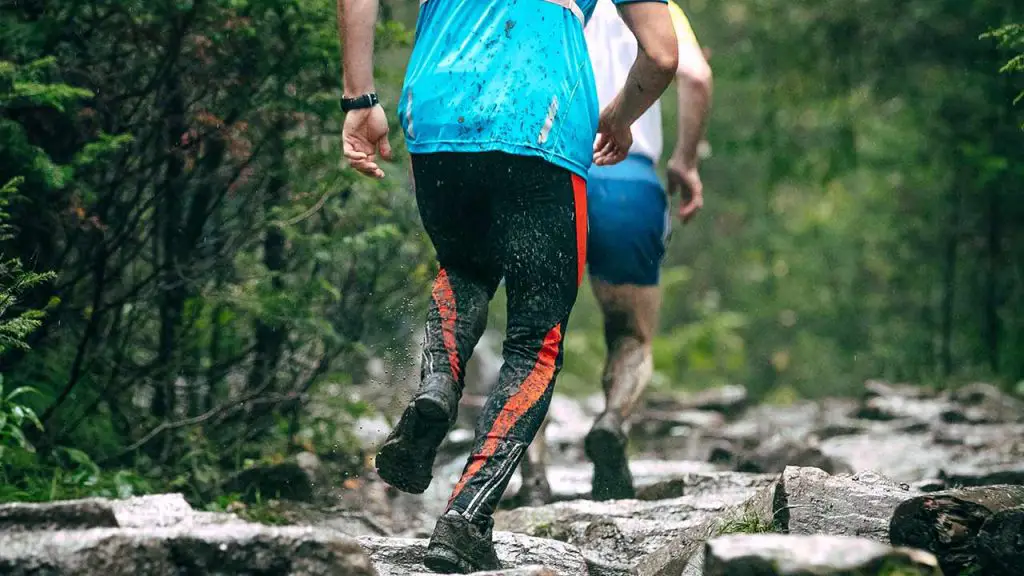Estimated read time: 3 minutes.
A lot of runners like to mix up their workouts by running on different surfaces. Some people prefer to run on trails, while others prefer to stick to the roads. What’s the difference between trail shoes and road shoes? And can trail shoes be used on roads? In this article, we’ll take a look at the differences between trail and road shoes, and we’ll answer the question: can trail shoes be used to run on roads?
What Are the Differences Between Trail and Road Shoes?
Trail shoes are designed to protect your feet from the rigors of running on rugged, uneven terrain. They’re usually made with more durable soles than road shoes, and they often have extra features like toe guards and rock plates. Trail shoes also tend to have less cushioning than road shoes, because you don’t need as much cushioning when you’re running on softer surfaces.
Road shoes, on the other hand, are designed for running on hard, level surfaces like pavement or concrete. They typically have thinner soles and more cushioning than trail shoes, because you need that extra cushioning when you’re running on harder surfaces.
Can Trail Shoes Be Used on Roads Safely?
Yes, you can use trail shoes on roads, but you might want to consider switching to road shoes if you’re going to be doing a lot of running on hard surfaces. Trail shoes aren’t as cushioned as road shoes, so they won’t provide as much protection for your feet when you’re running on pavement or concrete. Some trail shoes also have features like toe guards and rock plates that can make them uncomfortable to run in on roads. If you do decide to use trail shoes on roads, be sure to inspect them regularly for wear and tear.
Some trail shoes are specifically designed for use on both trails and roads. They have a thicker sole and usually a moderate cushioning, making them a good option for runners who want to do a mix of trail and road running.
Hoka Speedgoat is a popular trail shoe with more cushioning for longer runs on both trails and roads. The latest version Hoka Speedgoat 4 continues the reputation of its predecessor as a fast-paced trail monster with sticky lugs and smooth landings. However, the shoe now has a bit more foam in the heel and a new mesh covering that allows the shoe to breathe and drain better.

Hoka Speedgoat is a popular trail shoe with more cushioning for longer runs on both trails and roads. The latest version Hoka Speedgoat 4 continues the reputation of its predecessor as a fast-paced trail monster with sticky lugs and smooth landings. However, the shoe now has a bit more foam in the heel and a new mesh covering that allows the shoe to breathe and drain better.
How Do You Choose the Right Pair of Shoes for Your Running Needs?
It’s important to choose the right shoes for your running needs because the wrong shoes can cause injuries. ( See our article: Neutral Versus Stability Running Shoes ). If you’re going to be running on roads, look for a road shoe with plenty of cushioning. If you’re going to be running on trails, look for a trail shoe with good traction and durability. And if you want a shoe that you can use on both trails and roads, look for a hybrid trail/road shoe.
When you’re shopping for shoes, always make sure to try them on and take them for a test run before you buy them. And if you’re unsure about what type of shoe is right for you, ask a salesperson or a certified running coach for help.
Conclusion
At the end of the day, it’s up to you what kind of shoes you want to wear when you run. If you’re going to be doing a lot of running on different surfaces, you might want to have two pairs of shoes – one for trails and one for roads. But if you’re only going to be running on one type of surface, you can get by with just one pair of shoes or use a pair of hybrid shoes. Just make sure to pick a comfortable shoe that provides the right amount of support for your feet.
- How Many Laps Around a Track is a 5K: Your Guide - October 22, 2023
- When is Track and Field Season? - October 22, 2023
- Understanding the Length: How Long Is a Running Track? - October 22, 2023



